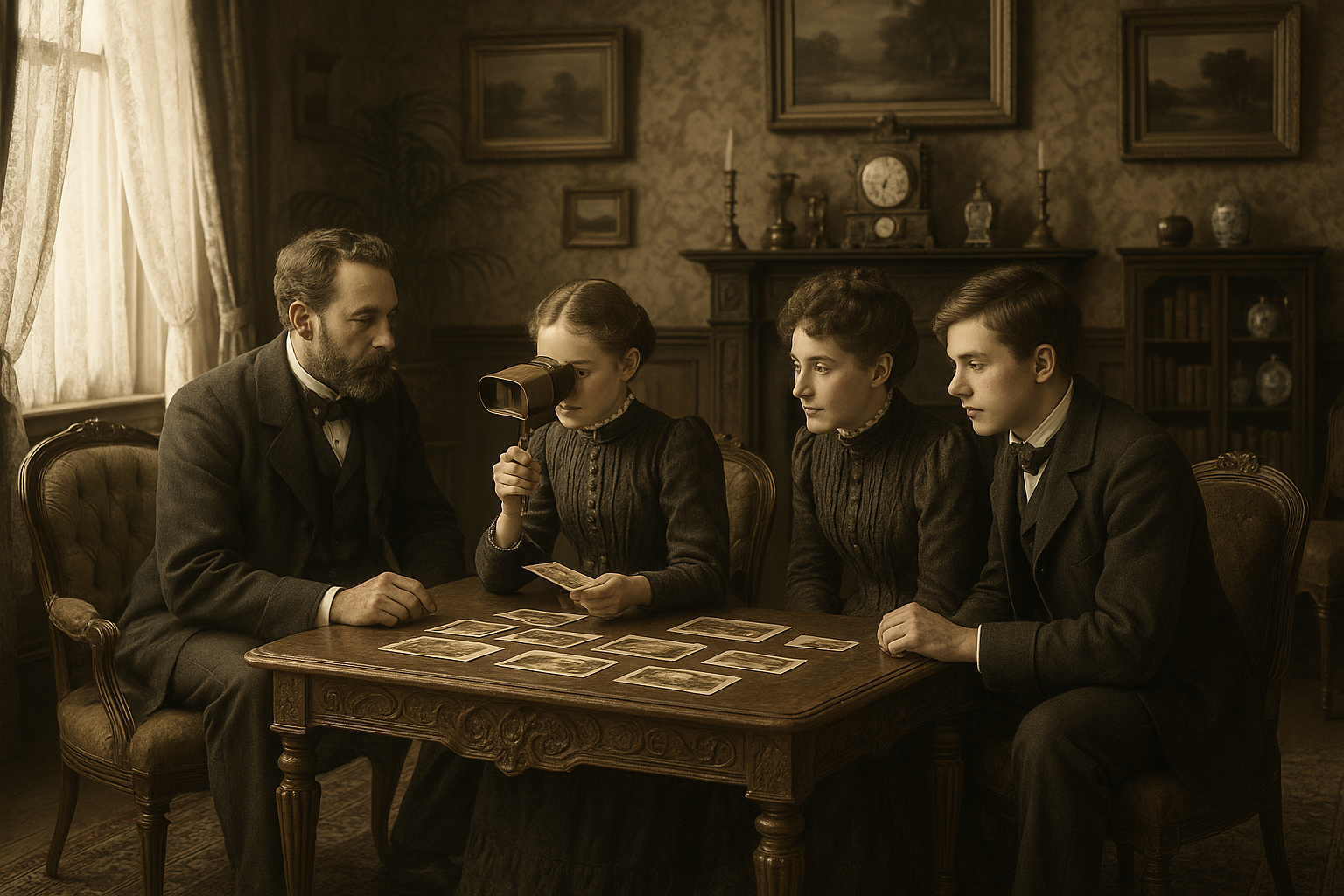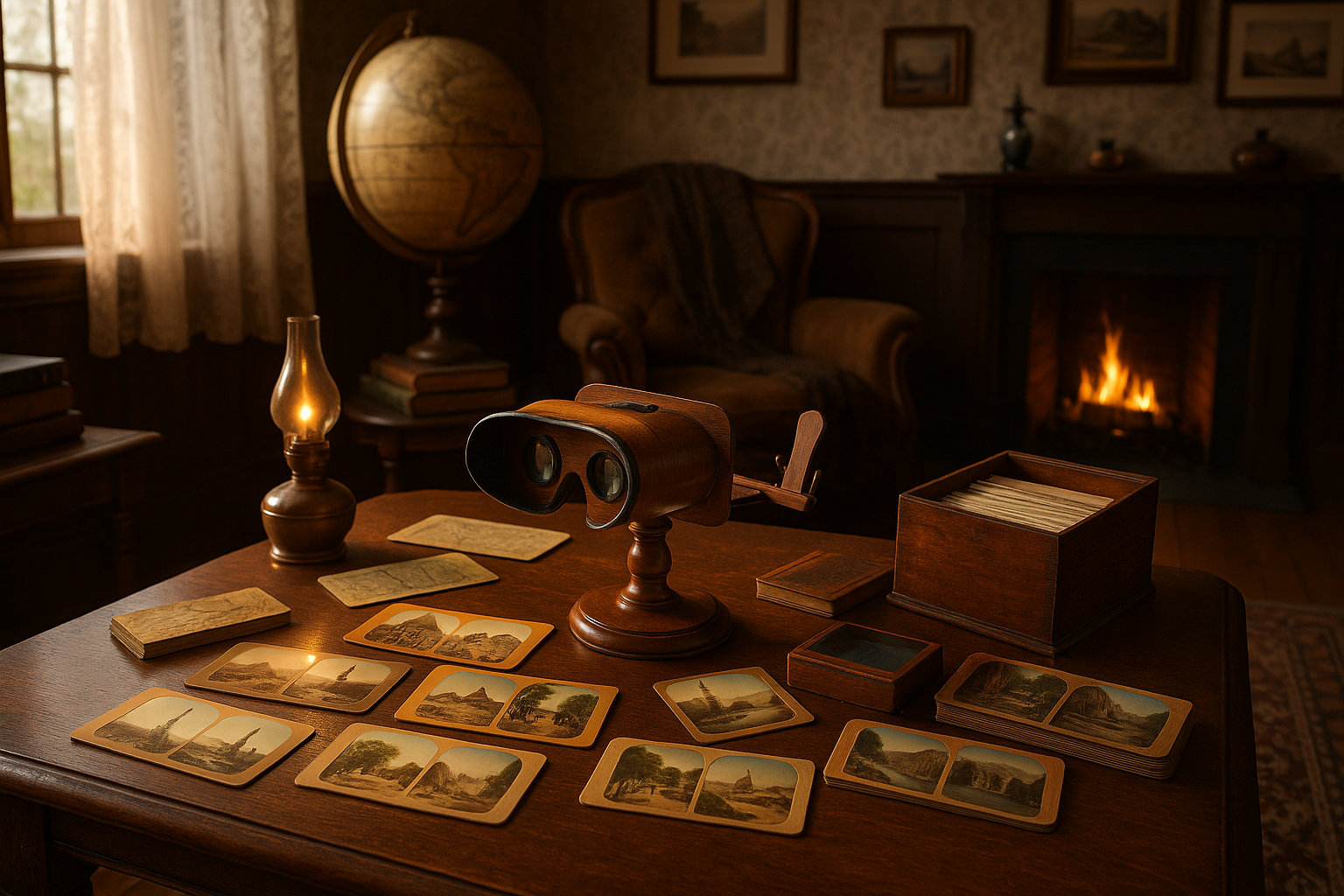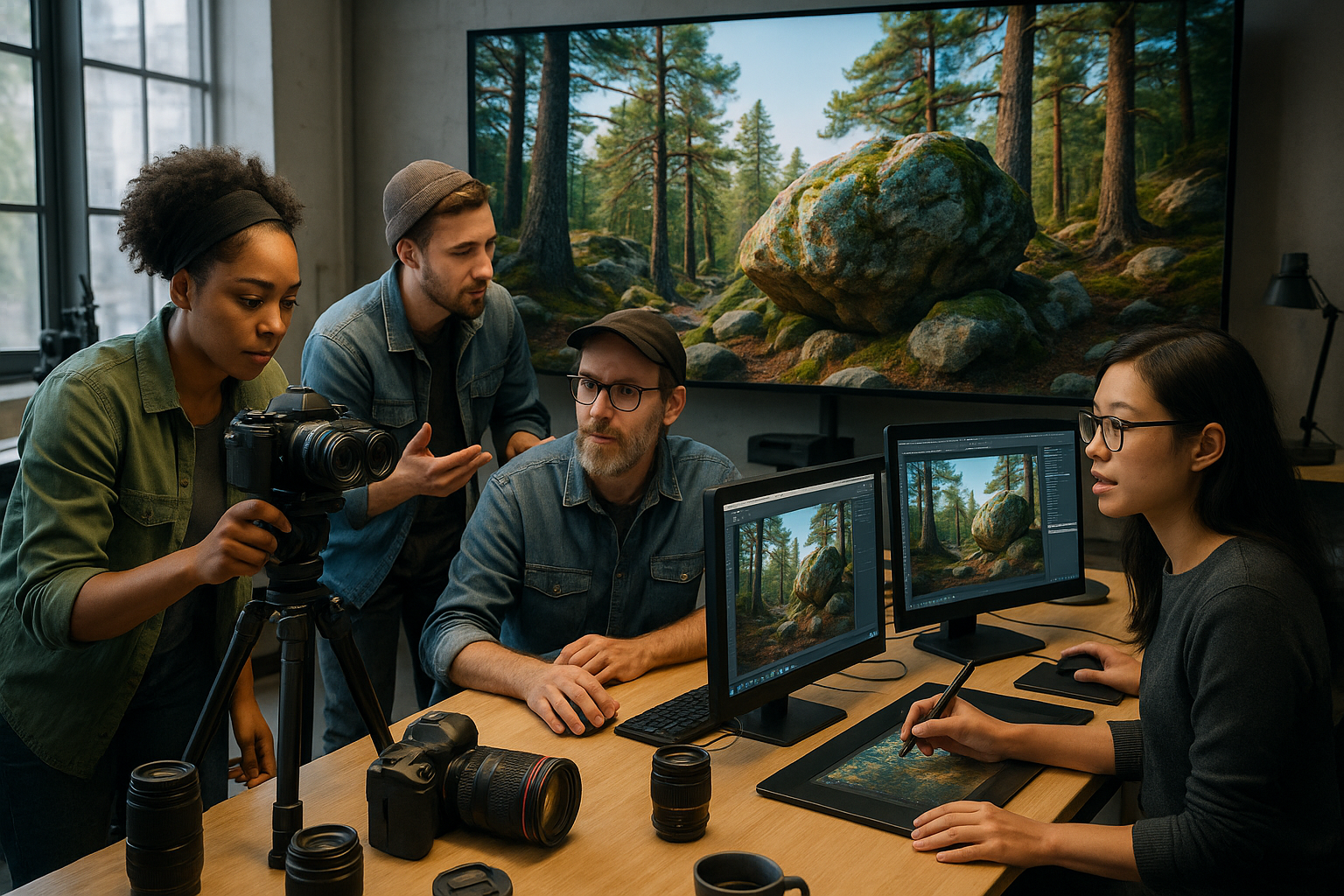Medieval glassmakers and scholars created luminous masterpieces that bridged art, science, and spirituality, leaving an enduring legacy that continues to inspire modern craftsmanship and innovation.
🏛️ The Dawn of Medieval Glass Artistry
The medieval period witnessed a remarkable transformation in glassmaking that would forever change architectural design and artistic expression. Between the 5th and 15th centuries, craftsmen across Europe developed techniques that elevated glass from a simple utilitarian material into a medium of profound beauty and symbolic significance. This era marked the convergence of technical innovation, religious devotion, and aesthetic ambition that produced some of humanity’s most breathtaking artistic achievements.
Early medieval glassmakers inherited knowledge from Roman traditions, but they didn’t merely preserve these techniques—they revolutionized them. Working in monastery workshops and guild-protected studios, these artisans experimented tirelessly with materials, temperatures, and methodologies. Their dedication to perfecting their craft was driven not only by commercial interests but by a deep spiritual calling to create works that would glorify the divine and illuminate sacred spaces.
TheAlchemy of Medieval Glass Production
Creating glass in medieval times was as much alchemy as chemistry. Master glassmakers guarded their recipes jealously, passing knowledge from generation to generation through apprenticeships that could last decades. The basic ingredients—silica sand, potash or soda ash, and lime—were transformed through intense heat into molten glass that could be shaped, colored, and manipulated into extraordinary forms.
The coloring process represented one of the medieval glassmaker’s most closely guarded secrets. Different metallic oxides produced specific hues: cobalt oxide created deep blues, copper oxide generated reds and greens, and manganese dioxide produced purples and amethysts. The legendary “ruby glass” required gold chloride, making it extraordinarily expensive and reserved for the most important commissions. These craftsmen understood empirically what modern chemistry would later explain scientifically.
Temperature Mastery and Workshop Conditions
Medieval glass furnaces reached temperatures between 1,000 and 1,500 degrees Celsius, requiring constant supervision and fuel management. Workshops were typically located near forests to ensure steady supplies of wood for the furnaces. The master glassmaker needed to judge temperature by eye, recognizing the precise moment when glass achieved the perfect viscosity for working—too cool and it would shatter, too hot and it couldn’t hold its shape.
The working environment was extremely hazardous. Craftsmen faced constant risks from intense heat, toxic fumes from metallic compounds, and the physical danger of handling molten material. Despite these dangers, entire communities developed around glassmaking centers, with families dedicating generations to perfecting their craft.
✨ Stained Glass: Windows to Heaven
The pinnacle of medieval glass artistry found expression in the magnificent stained glass windows that transformed Gothic cathedrals into vessels of divine light. These weren’t merely decorative elements—they served as “biblia pauperum” (bibles of the poor), visual narratives that communicated biblical stories and theological concepts to largely illiterate congregations.
The creation of a stained glass window required collaboration between multiple specialists: the theologian who determined the iconographic program, the artist who designed the composition, the glassmaker who produced colored sheets, the glazier who cut and assembled pieces, and the painter who added details with vitreous enamels. This interdisciplinary approach represented medieval scholarship and craftsmanship at their finest.
The Geometry of Light and Color
Medieval scholars understood that colored light possessed unique spiritual properties. Abbot Suger of Saint-Denis, the 12th-century theologian who pioneered Gothic architecture, wrote extensively about “divine light” and how stained glass transformed ordinary sunlight into metaphysical illumination. This wasn’t mere poetic fancy—it represented a sophisticated understanding of light’s emotional and psychological effects.
The technical achievement of supporting massive glass installations while maintaining structural integrity required innovative engineering. The development of pointed arches, flying buttresses, and ribbed vaults allowed medieval architects to create ever-larger windows. Chartres Cathedral, completed in 1220, contains approximately 22,000 square feet of stained glass—a testament to the ambition and skill of medieval builders.
📚 Scholarly Contributions to Glass Science
Medieval scholars made significant contributions to understanding glass properties and production methods, even if their theoretical frameworks differed from modern scientific paradigms. These intellectuals approached glassmaking through the lens of natural philosophy, attempting to understand the fundamental nature of materials and their transformations.
The Benedictine monk Theophilus Presbyter wrote “De Diversis Artibus” (On Divers Arts) around 1120, providing the most comprehensive medieval technical manual on various crafts, including extensive sections on glassmaking. His detailed instructions reveal sophisticated understanding of material properties, temperature control, and production techniques. Theophilus described over thirty different glass recipes and multiple methods for producing specific colors and effects.
Islamic Influence and Knowledge Transfer
The medieval Islamic world made extraordinary advances in glass science that profoundly influenced European development. Islamic scholars preserved and expanded upon ancient Greek and Roman texts while conducting their own empirical research. Cities like Damascus, Baghdad, and Cairo became renowned for their glassware, particularly enameled and gilded vessels that demonstrated unprecedented technical sophistication.
The Crusades and Mediterranean trade facilitated knowledge transfer between Islamic and Christian civilizations. European craftsmen eagerly absorbed Eastern techniques, particularly methods for creating clear, colorless glass and sophisticated decorative approaches. This cross-cultural exchange enriched both traditions and accelerated innovation throughout the medieval period.
🏺 Beyond Windows: Utilitarian and Luxury Glass Objects
While stained glass windows represent medieval glassmaking’s most visible legacy, craftsmen also produced remarkable utilitarian and luxury objects. Glass vessels for wine and water, pharmaceutical containers, mirrors, and decorative items demonstrated the versatility of medieval glass production. Venice emerged as Europe’s preeminent center for luxury glassware, with Murano glassmakers developing the famous “cristallo” formula that produced unprecedented clarity.
Medieval apothecaries relied on glass containers for storing medicines, recognizing that glass didn’t react with most substances and allowed visual inspection of contents. This practical application drove innovations in bottle-making and stopper design. The pharmaceutical use of glass represented an important intersection between craft tradition and medical scholarship.
The Venetian Glass Empire
By the 13th century, Venice had established itself as the undisputed capital of luxury glassmaking. The Venetian Republic recognized the strategic and economic importance of this industry, relocating all glass furnaces to the island of Murano in 1291—ostensibly to prevent fires but actually to protect trade secrets. Murano glassmakers enjoyed special privileges but faced severe penalties, including death, for sharing techniques with outsiders.
Venetian innovations included lattimo (milk glass), avventurina (containing metallic flakes), and incredibly thin, delicate vessels that showcased technical virtuosity. These luxury items became status symbols throughout Europe, with nobles competing to acquire the finest Venetian glassware for their collections.
⚗️ The Intersection of Alchemy and Glassmaking
Medieval alchemy and glassmaking shared conceptual frameworks and practical techniques. Both disciplines involved transforming base materials through fire, both required intimate knowledge of substances and their properties, and both attracted practitioners who saw their work as possessing spiritual dimensions. The alchemical concept of transmutation—transforming lesser substances into nobler forms—resonated deeply with glassmakers who turned sand into crystalline beauty.
Alchemical texts frequently discussed glass vessels and their properties. The alembic, retort, and other distillation equipment required specialized glassblowing skills. Medieval alchemists contributed to glass science by experimenting with various additives and documenting results, even if their theoretical interpretations differed from modern chemistry. Roger Bacon, the 13th-century Franciscan friar and philosopher, conducted optical experiments using glass lenses and mirrors, contributing to both glass science and the development of optics.
🎨 Artistic Innovation and Regional Styles
Medieval glass production developed distinct regional characteristics reflecting local resources, cultural preferences, and technical traditions. French Gothic stained glass emphasized brilliant blues and reds with intricate leading patterns. German glassmakers became renowned for forest glass (Waldglas), a greenish product made from potash derived from forest vegetation. English glass developed its own aesthetic, particularly in the elaborate tracery windows of the Decorated and Perpendicular Gothic periods.
Each regional style represented accumulated expertise and cultural identity. Workshops developed signature techniques and design elements that became markers of origin and quality. This diversity enriched European glass traditions while creating competitive dynamics that drove continuous innovation and improvement.
The Human Element Behind the Craft
Behind every magnificent window and exquisite vessel stood individual craftsmen whose names are mostly lost to history. Medieval society valued collective achievement over individual recognition, so few glass artists received the attribution common in later periods. Yet their humanity speaks through their work—the slight irregularities that reveal hand-crafting, the personality in design choices, the dedication evident in extraordinarily detailed execution.
Apprentices began training as children, spending years mastering basic skills before progressing to more complex techniques. The journey from apprentice to journeyman to master glassmaker could take an entire working life. This system ensured quality control and knowledge preservation but also created rigid hierarchies and barriers to innovation that sometimes stifled creative experimentation.
🔬 Technical Legacy and Modern Applications
Medieval glassmaking techniques laid foundations for modern glass science and manufacturing. Contemporary restoration specialists study medieval methods to authentically repair historic windows. The empirical knowledge accumulated by medieval craftsmen anticipated principles later formalized by scientific chemistry and materials science. Modern artisans still employ traditional techniques for creating authentic period replicas and new works inspired by medieval aesthetics.
The medieval understanding of colored glass optics influenced developments in lens-making, optical instruments, and eventually modern fiber optics. The fundamental principles of working molten glass—temperature management, material composition, shaping techniques—remain essentially unchanged despite technological advances in furnace design and temperature control.
Conservation Challenges and Responsibilities
Preserving medieval stained glass presents enormous challenges. Centuries of exposure to weather, pollution, and structural movement have endangered these irreplaceable treasures. Conservation scientists employ cutting-edge technology including isotope analysis, laser cleaning, and digital documentation while respecting original craftsmanship and materials. Each restoration project balances preservation, structural stability, and aesthetic integrity.
Organizations worldwide dedicate resources to studying and protecting medieval glass heritage. The Corpus Vitrearum, an international research project, systematically documents and publishes scholarly studies of medieval stained glass. These efforts ensure future generations can appreciate and learn from these magnificent achievements.
💎 Spiritual and Philosophical Dimensions
Medieval glassmakers operated within a worldview where craft, spirituality, and philosophy intertwined seamlessly. Creating luminous glass for sacred spaces wasn’t merely commercial production—it represented devotional service and spiritual practice. Many craftsmen viewed their skills as divine gifts to be exercised in glorifying God and elevating human consciousness toward contemplation of heavenly realities.
This spiritual dimension elevated craft to vocation. The transformation of raw materials into beauty through skill, knowledge, and fire carried symbolic resonance with Christian concepts of redemption, purification, and transcendence. Medieval theologians wrote extensively about light as divine metaphor, and glassmakers gave physical form to these abstract concepts, creating spaces where sacred light could manifest tangibly.
🌟 Enduring Brilliance Across Centuries
The legacy of medieval glassmakers and scholars extends far beyond beautiful windows and vessels. They established artistic traditions, developed technical knowledge, created educational systems, and demonstrated how craftsmanship could serve higher purposes. Their work reminds us that human creativity flourishes when technical skill meets spiritual aspiration, when individual talent serves collective vision, and when practical craft embraces philosophical depth.
Medieval glass continues inspiring contemporary artists, architects, and designers. The interplay of light and color, the marriage of structure and ornament, the balance between technical precision and artistic expression—these remain relevant aesthetic principles. Museums worldwide display medieval glass masterpieces, allowing modern viewers to experience the luminous beauty that captivated medieval worshippers.
The medieval period’s greatest glass achievements—Chartres Cathedral, Sainte-Chapelle, Canterbury Cathedral, and countless other magnificent windows—survive as testaments to human ingenuity, dedication, and artistic vision. They represent collaborative efforts spanning decades, involving hundreds of craftsmen and scholars working toward shared goals. In our individualistic age, these collective achievements offer valuable lessons about what humans can accomplish through cooperation, patience, and commitment to excellence.
Understanding medieval glassmaking reveals broader truths about pre-modern societies: their sophisticated technical capabilities, their complex social organizations, their profound spirituality, and their belief that beauty possessed transformative power. These craftsmen and scholars created works that continue speaking across centuries, their brilliance undiminished by time, their techniques still studied, their aesthetic achievements still admired.
The medieval glassmaker’s legacy ultimately reminds us that true craftsmanship transcends mere technical proficiency. It requires understanding materials deeply, respecting tradition while embracing innovation, and recognizing that the objects we create reflect our values, aspirations, and beliefs. In our age of mass production and digital fabrication, medieval glass stands as an enduring testament to the irreplaceable value of human skill, patience, and artistic vision—lessons as relevant today as they were centuries ago when craftsmen first transformed sand and fire into radiant beauty that still illuminates our world.
Toni Santos is a visual historian and artisan whose creative lens is captivated by the forgotten marvels of antique optical devices. Through his thoughtful storytelling, Toni revives the instruments that once transformed light into wonder—camera obscuras, magic lanterns, kaleidoscopes, and other ingenious tools that shaped our earliest visual imaginations.
His journey is rooted in a fascination with how humans have long sought to bend, reflect, and reveal the unseen. Whether tracing the mechanical poetry of 19th-century projectors or illustrating the tactile elegance of early lenses, Toni’s work invites us to see vision itself as an evolving art form.
Blending handcrafted design with historical inquiry, Toni brings to life the material soul of these devices—celebrating not just how they functioned, but what they meant. His creations and curated stories illuminate a world where science, illusion, and beauty were intricately linked through glass and brass.
As the curator of Vizovex, Toni shares detailed studies, reconstructed artifacts, and immersive content that help others rediscover the origins of visual technology and the magic of analog perception.
His work is a tribute to:
The craftsmanship behind early visual instruments
The wonder of seeing through the eyes of another century
The intersection of optics, art, and imagination
Whether you’re a collector, a designer, or someone drawn to the lost poetry of vision, Toni welcomes you into a world where light is a storyteller—one prism, one lens, one forgotten invention at a time.





